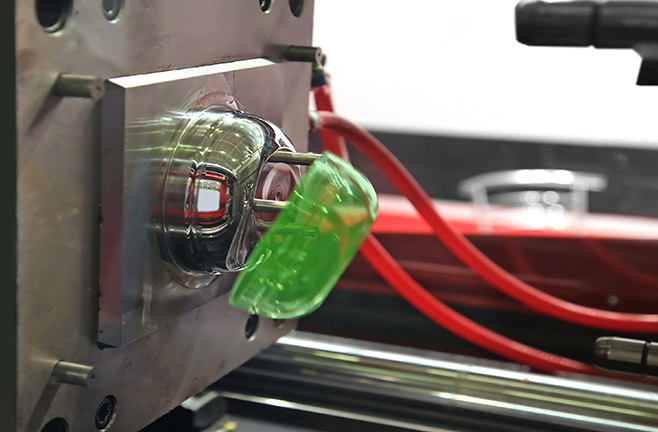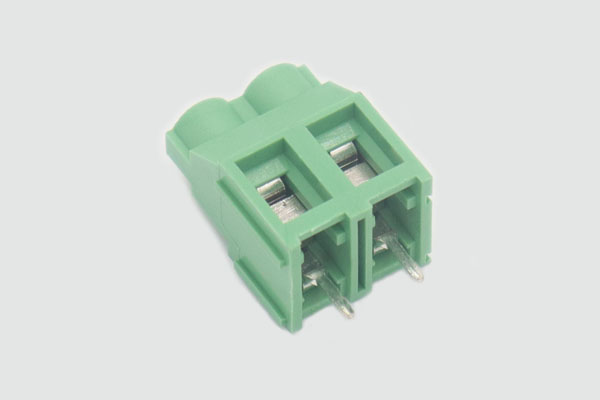Injection Molding vs. Vacuum Forming

Vacuum forming and injection molding are versatile manufacturing techniques that are used to make an array of durable, lightweight plastic parts and products.
Both methods are cost-effective, require extreme heat, and involve the use of molds. Despite their main similarities, every process has a very different approach.
Here, we compare and contrast injection molding versus vacuum forming, highlighting the benefits and drawbacks of each process.
Injection molding
Compared to vacuum forming, plastic injection molding is a more intricate manufacturing technique and requires a great degree of engineering expertise.
The process initiates by heating polymers into a molten form. Usually made of aluminum or steel, this liquid polymer is then injected into a mold and held in place. Once the plastic is cooled, the mold is opened, and the finished part is removed.
Benefits
Injection molding does have its unique benefits, some of which comprise:
- An appealing ‘finished’ look
- Better for bigger patches
- Can be fully automated
- Doesn’t generate a lot of waste

Drawbacks
The drawbacks of injection molding are:
- Longer lead times as mold must be specifically manufactured.
- Higher tooling and initial costs
However, the main drawback of injection molding is that it heavily relies on the correct manufacture and design of the mold itself. This means any discrepancies in the mold may result in a faulty or imprecise product being manufactured.
Vacuum forming
Also known as thermoforming, vacuum forming is the process where heated plastic sheets are formed to the surface of a specifically designed mold.
Every plastic sheet is inserted in the vacuum forming machine and heated until it’s malleable. Then, a vacuum of air is applied to stretch the sheet over the mold. This creates a specific design or shape.
Then, the newly molded plastic is cooled and ejected from the mold.
Benefits
Sometimes, vacuum forming can be a better option due to the unique benefits it offers. Following are some benefits of vacuum forming:
- Cost-effective pricing on small to medium parts or batches
- Ideal for repeat jobs – as the castings and molds made can last for years
- A variety of texture options
- Easily adaptable
- Lower start-up costs, associated with less intricate, cheaper tooling than injection molding
- Ability to produce big parts
- Fast production and prototyping times
Drawbacks
Following are some common drawbacks of vacuum forming:
- The process only controls a single surface
- The manufacturing costs begin to increase in bigger batches (over 3000 parts)
- More complex designs can be difficult
Get top-quality custom plastic injection molding from PTMS
PTMS is a professional plastic injection mold maker in China. We specialize in the mass production of custom plastic parts.
With an experience of almost two decades, PTMS offers good quality plastic injection molded parts, making value for customers.
Contact us now for more information!
